Assessment Of N2O Emissions In A Partial Denitrification Process Using Rope-Type Biofilm Media
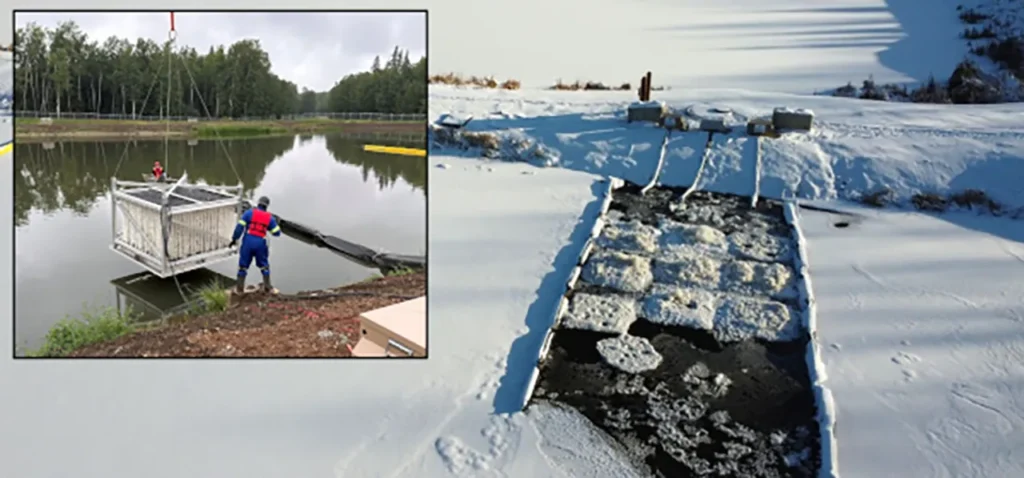
As the wastewater industry intensifies its efforts to reduce greenhouse gas (GHG) emissions, understanding nitrous oxide (N₂O) generation in emerging treatment technologies is critical. This study investigates N₂O emissions in a partial denitrification (PDN) process using rope-type fixed-film biofilm media (BioCord™ Reactors) developed by Bishop Water.
BioCord® Reactors demonstrate partial denitrification process and mitigation of nitrous oxide emissions

New research presented at the 2025 WEAO Technical Symposium highlights BioCord® Reactors’ ability to optimize partial denitrification (PDN) for nitrite accumulation while significantly reducing nitrous oxide (N2O) emissions, a potent greenhouse gas. By fine-tuning factors like carbon source and COD:N ratios, this study advances sustainable nitrogen removal in wastewater treatment.
BioCord’s phased installation balances wastewater treatment with community growth and budgets
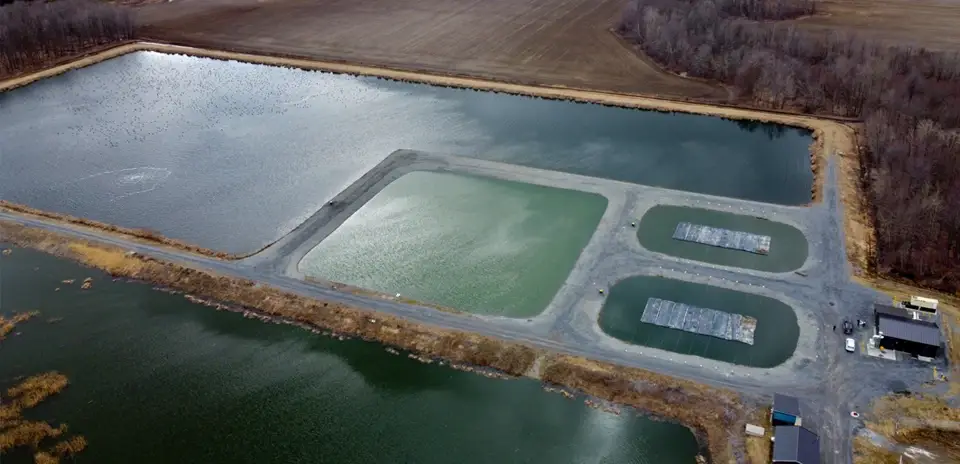
Bishop Water’s innovative wastewater treatment solutions enable growing communities to manage increased demand sustainably, ensuring compliance and scalability with cost-effective, modular systems.
Improving year-round nutrient removal to extend the life of a wastewater lagoon
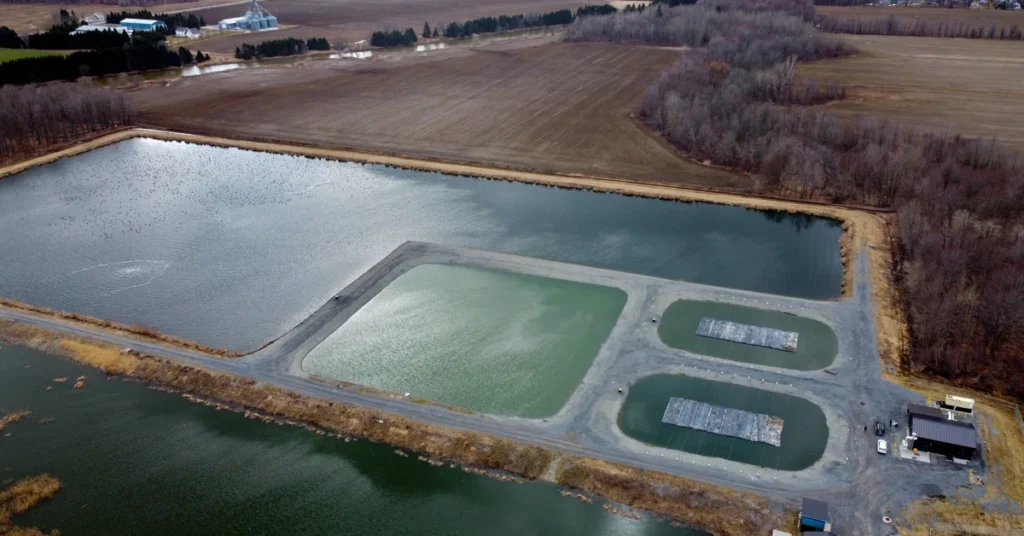
A municipal wastewater lagoon faced ongoing challenges with nutrient removal, leading to potential regulatory risks and high maintenance demands. This case study details how BioCord’s fixed-film reactors were installed to improve nitrogen and phosphorus reduction, ultimately enhancing the lagoon’s operational efficiency and compliance.
BioCord® Reactors set to demonstrate reliable ammonia removal during Northern Alberta winter
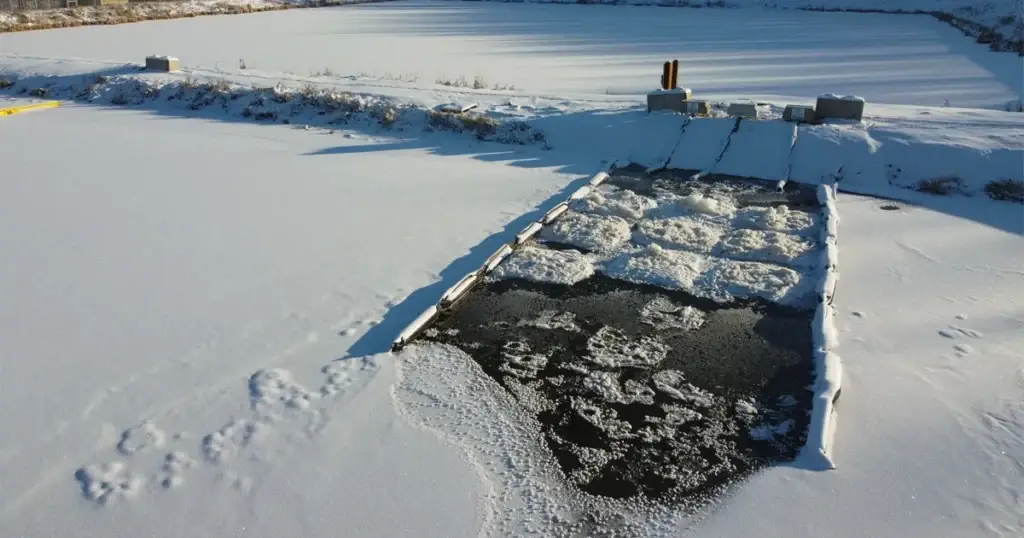
Bishop Water is partnering with Western University in a new project with BioCord Reactors that aims to further optimize wastewater treatment efficiency, reduce energy consumption, and lower greenhouse gas emissions.
Beyond bioaugmentation: BioCord Reactors for winter nitrification
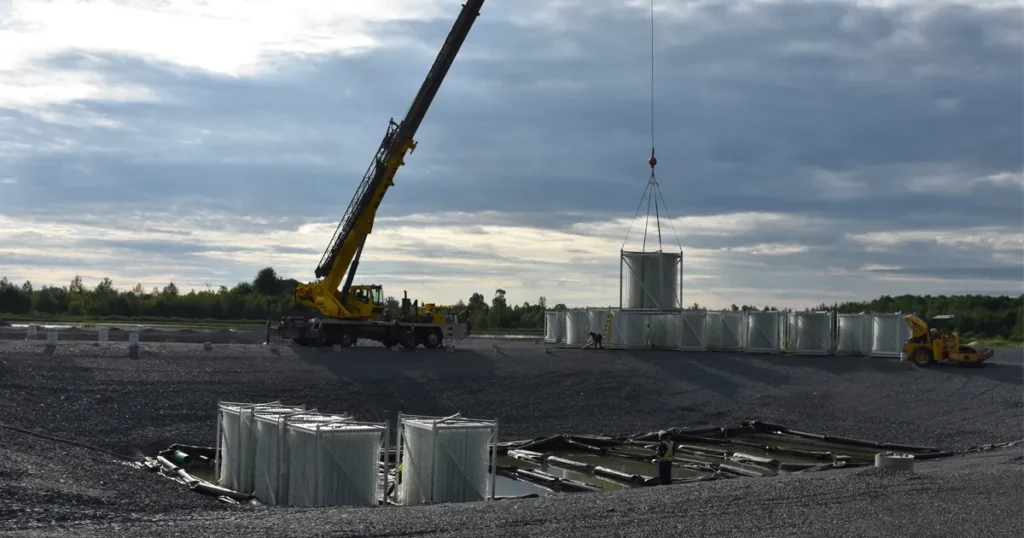
Bishop Water is partnering with Western University in a new project with BioCord Reactors that aims to further optimize wastewater treatment efficiency, reduce energy consumption, and lower greenhouse gas emissions.
BioCord®: A full-scale demonstration project at the Township of Southgate
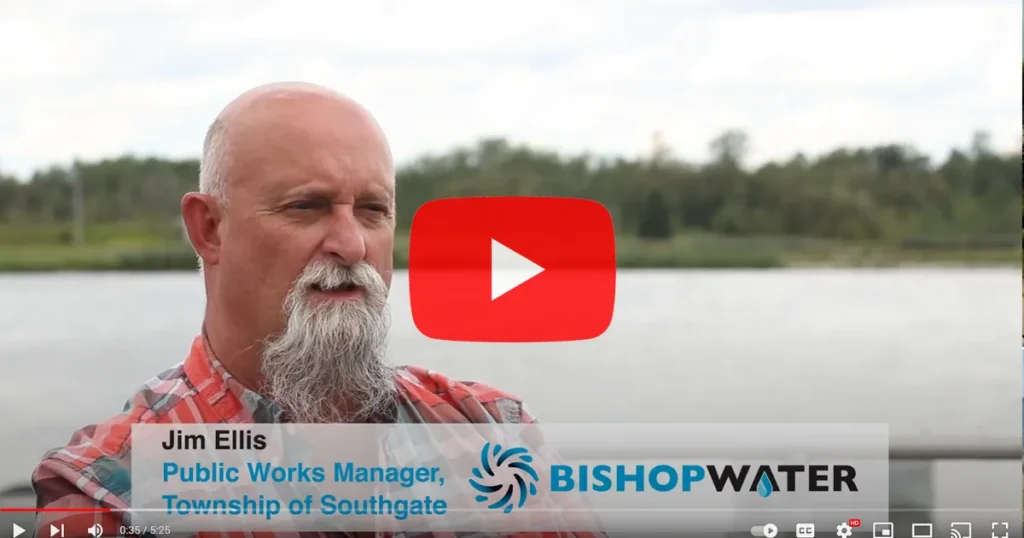
In August 2016, Bishop Water in association with Geo-dredging and Dewatering began a BioCord® demonstration project in Dundalk Ontario.
Research aims to reduce GHG, energy use in BioCord® Reactors
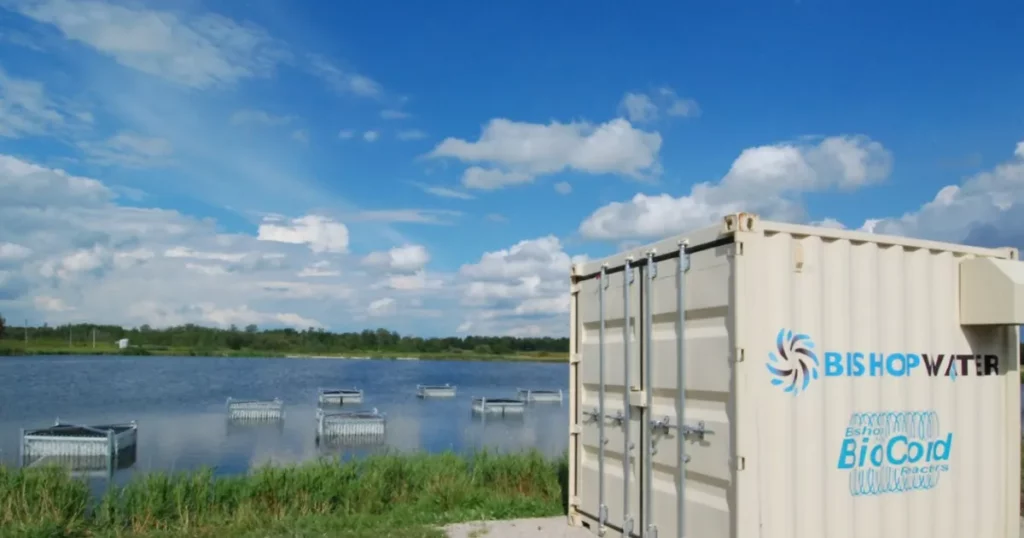
Bishop Water is partnering with Western University in a new project with BioCord Reactors that aims to further optimize wastewater treatment efficiency, reduce energy consumption, and lower greenhouse gas emissions.
The cold reality of nitrification. Why aerating a lagoon may not improve winter ammonia removal
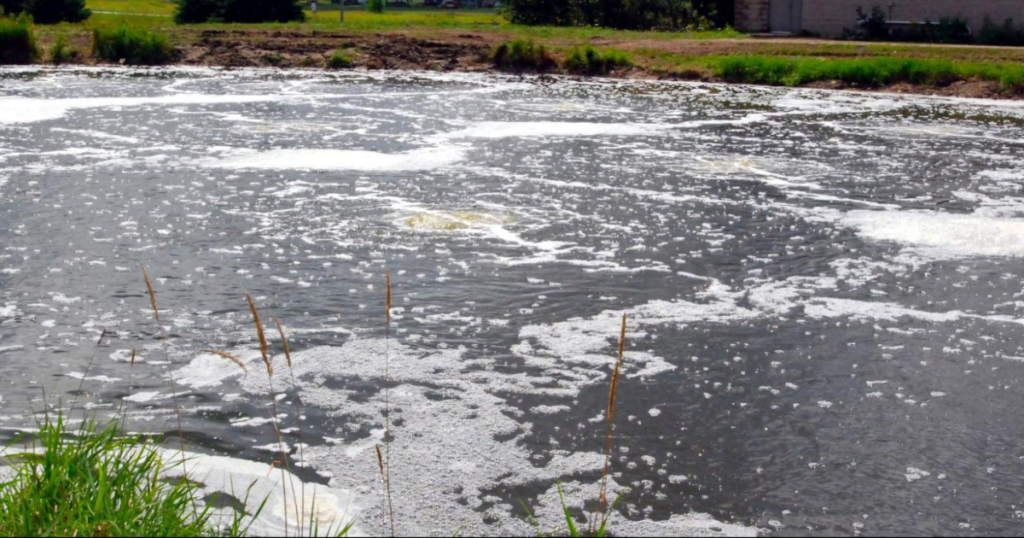
Installing or increasing aeration in a wastewater lagoon is a common strategy to improve nitrification and ammonia removal.
BioCord® Reactor installation underway in Gift Lake Metis Settlement
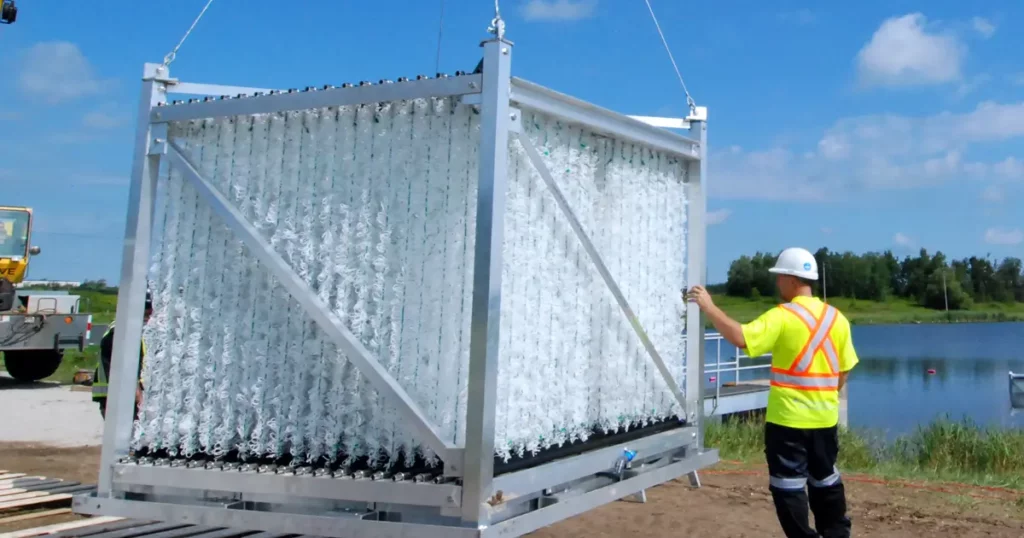
BioCord® Reactors are being installed in Northern Alberta, marking a significant milestone in a project to improve cold-weather performance for the lagoon system serving the Gift Lake Metis Settlement.



